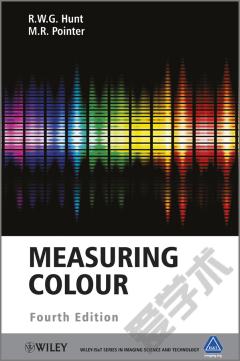Color Constancy
A human observer is able to recognize the color of objects irrespective of the light used to illuminate them. This is called color constancy. A digital camera uses a sensor to measure the reflected light, meaning that the measured color at each pixel varies according to the color of the illuminant. Therefore, the resulting colors may not be the same as the colors that were perceived by the observer. Obtaining color constant descriptors from image pixels is not only important for digital photography, but also valuable for computer vision, color-based automatic object recognition, and color image processing in general. This book provides a comprehensive introduction to the field of color constancy, describing all the major color constancy algorithms, as well as presenting cutting edge research in the area of color image processing. Beginning with an in-depth look at the human visual system, Ebner goes on to: examine the theory of color image formation, color reproduction and different color spaces; discuss algorithms for color constancy under both uniform and non-uniform illuminants; describe methods for shadow removal and shadow attenuation in digital images; evaluate the various algorithms for object recognition and color constancy and compare this to data obtained from experimental psychology; set out the different algorithms as pseudo code in an appendix at the end of the book. Color Constancy is an ideal reference for practising engineers, computer scientists and researchers working in the area of digital color image processing. It may also be useful for biologists or scientists in general who are interested in computational theories of the visual brain and bio-inspired engineering systems.
{{comment.content}}








 京公网安备 11010802027623号
京公网安备 11010802027623号